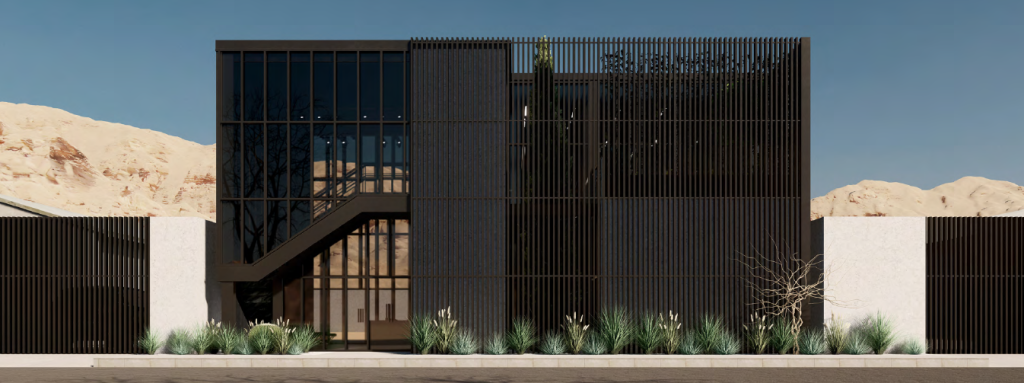
We exist to question what seems unquestionable, and to imagine what appears impossible. Our practice is not founded merely to design buildings, but to reframe how space, object, and technology converge to shape human life. Architecture, for us, is not a static product—it is a cultural act, a spatial philosophy, and a social responsibility.
At the architectural scale, we commit to creating habitable spaces that unsettle conventions of everyday life, spaces that resist familiarity in order to open new possibilities of living.
We reject the culture of excess that relies on expansive palettes of materials and costly techniques. Instead, we embrace efficiency and adequacy, proving that restraint can hold beauty, and that simplicity can enrich experience.
At the scale of the artifact, we refuse to see the object as isolated. We imagine it as a living component of architecture, a signifier that embodies and transmits spatial meaning.
Across all scales, we pledge allegiance to environmental, social, and economic sustainability—not as a trend, but as the ethical foundation of design itself.
We believe in transdisciplinarity, in the migration of paradigms from one field to another. We appropriate, repurpose, and reinterpret ideas across disciplines to spark innovation.
We acknowledge the ways in which digital culture and situated technologies reconfigure our understanding of space. They expand the architect’s role beyond the construction of permanence to the orchestration of temporality, from durable structures to fleeting events.
We conduct continuous research on the potential of interactive technologies and platforms—exploring their capacity for infrastructural, urban, and architectural sensing, networking, computing, and activation.
We exist because design, at its core, is a form of thought. It is how we confront the world as it is, and how we propose the world as it might be. This practice is not only about shaping form—it is about shaping meaning, shaping culture, and shaping the conditions of life.
